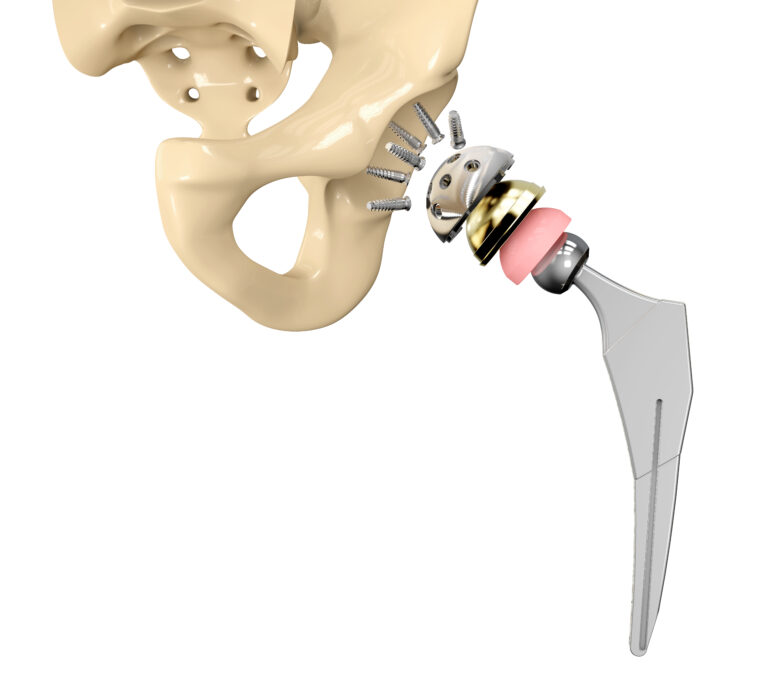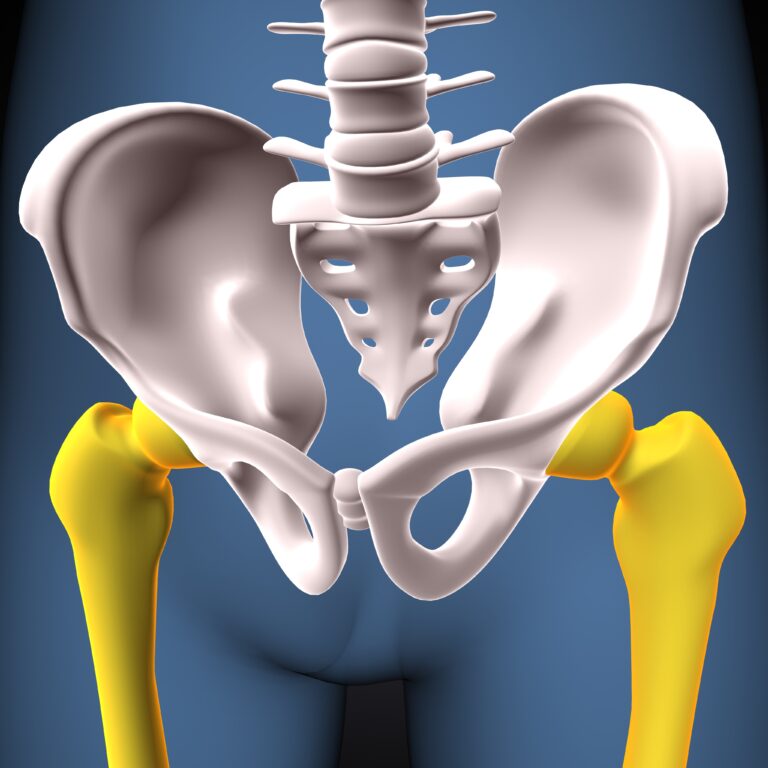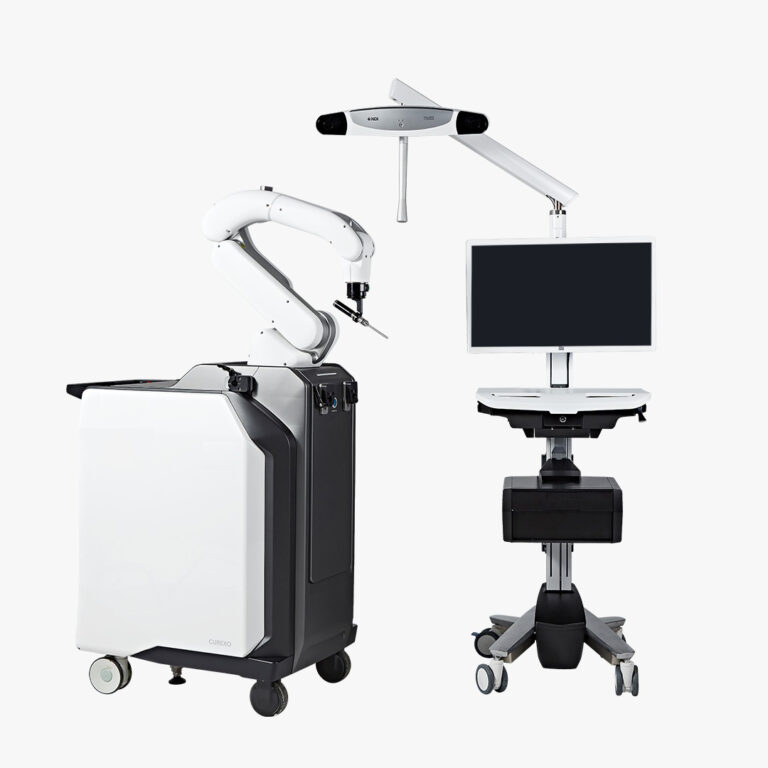What is Phantom Limb Pain?
After an amputation, you may feel pain in the limb that is no longer there. This condition is known as phantom pain. Despite being genuine, this feeling frequently occurs after amputation. Fortunately, there are methods to ease this discomfort—painkillers and mirror therapy, for example—that have been proven to be successful in treating phantom pain. Let’s examine each of the tactics in more detail in this blog post.
Phantom Limb Pain: What Is It?
Phantom limb pain (PLP) is an enigmatic syndrome in which a person feels pain or discomfort in their amputated limb. Numerous factors, including blood vessel issues, trauma, cancer, or inherited diseases, can cause this. This affects 60–85% of amputees and has an impact on their quality of life. PLP is difficult to diagnose and treat effectively since it varies greatly in severity and the symptoms that it manifests in various persons.
Comprehending Phantom Limb Pain
Several explanations have been proposed, however the exact mechanisms behind PLP are still being investigated. According to a well-known theory, PLP develops from chronic irritation and neuromas that grow in damaged nerves after amputation. Increased sensitivity to pain is the outcome of this interruption in nerve function, which modifies regular communication with the central nervous system. Furthermore, PLP may be related to modifications in the central nervous system itself, including alterations in the structure of the brain and increased sensitivity in the spinal cord. Furthermore, psychological elements like stress, worry, and depression can aggravate PLP or even cause it to start, highlighting the need for an all-encompassing treatment strategy.
What is the difference between residual limb pain, phantom feeling, and phantom limb pain?
Although they have certain similarities, phantom sensation, residual limb pain, and phantom pain (PLP) are three separate experiences that people may have following limb amputation.
- Phantom Limb Pain (PLP): This is the feeling of having a limb that is not there. It is an agonizing or painful feeling that seems to be coming from a missing limb. The severity of this pain varies and it can feel throbbing, burning, or stabbing.
- Phantom Sensation: This refers to experiencing pressure, tingling, or itching in the missing limb. In contrast to PLP, these feelings are not always painful; instead, they are thought to be coming from the missing limb.
- Residual Limb Pain: Following amputation, this kind of pain affects the residual portion of the limb. Numerous things might lead to it, such as poor recovery after surgery, misfitting prosthetics, or injury to nerves during the procedure. Mild discomfort to excruciating pain can be experienced from residual limb pain, which can impair mobility and quality of life.
In summary, Comprehensive treatment options are necessary due to the complexity of residual limb discomfort after amputation and phantom limb pain (PLP). Although PLP can have a substantial negative influence on a person’s quality of life, there is hope for alleviation with the use of both pharmaceutical and non-pharmacological therapies, such as mirror therapy and painkillers. People can overcome the obstacles of limb loss with resiliency and tenacity by embracing a variety of treatment options and consulting healthcare specialists. This opens the door to a meaningful and empowered life after amputation.
Disclaimer: The information provided in this blog post is for general informational purposes only and should not be considered professional advice. Before making any health-related decisions, consult with a qualified healthcare professional. The content is not a substitute for medical advice, and individual results may vary. The author and website are not responsible for any consequences arising from the use of the information provided. Use your best judgment and seek professional advice when needed.




